The NOVELTY burner was first produced around 1868 or 1869. It was manufactured in both a #1 and #2 size. The burner incorporates two different patents in it's general construction: Charles C. Warwick's patent number 40,439, granted on October 27, 1863 and Hiram W. Hayden's patent number 73,599, granted on January 21, 1868. Both of these patents were unassigned in the patent papers. See the patent table below for details.
The Novelty burner was available with or without a shade ring. The shade rings came in two styles (shown above) - either as an "add-on," option or as part of the burner. The burner on the left is fitted with the optional four inch shade ring. The burner on the right shows the version where the shade holder ring is an integral part of the deflector and cannot be removed. One of the innovative features of the Novelty burner was that it allowed the user to both light or trim the wick without having to remove the chimney from the burner - a particularly nice feature for lamps that also had shades on them. It not only saved time, but also extended the life of the chimneys and shades because they didn't have to be removed regularly, thereby reducing the possibility of accidental breakage.
To view the complete patent, select the patent you wish to view, then click Query USPTO Database. This will take you to the U.S. Patent & Trademark Office Database. You are then just two mouse clicks away from viewing the actual patent. Learn more about the USPTO here.
|
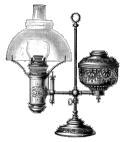
| Reference Desk | Lamp Information | Other Resources | On-Line Shopping |

Purveyors of Antique Lighting and Accessories
435 Main Street
 Hurleyville, New York 12747
Hurleyville, New York 12747
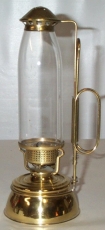 [click here to enlarge]
[click here to enlarge]The Novelty Lamp
Pat. July 16, 1872
Photo: Roger Kessler
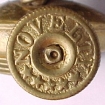 [click here to enlarge]
[click here to enlarge]NOVELTY thumbwheel
Photo: Leon McCormack
innovative lamp burners

The Novelty Burner
^ Top of Page
Privacy Policy | Terms and Conditions of Use | Announcements
Copyright © 2001-2011 ~ Daniel Edminster | The Lampworks ~ All Rights Reserved
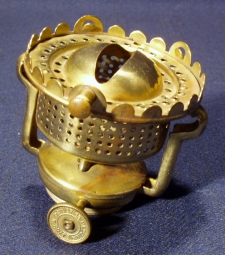
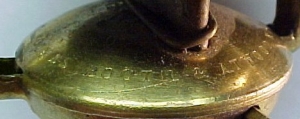
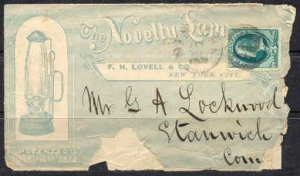
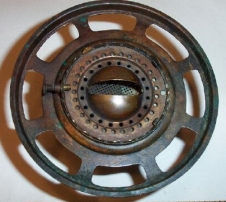
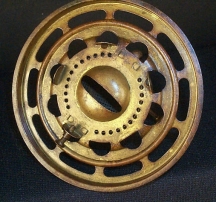
 Patents for the Novelty Burner and Lamp
Patents for the Novelty Burner and Lamp